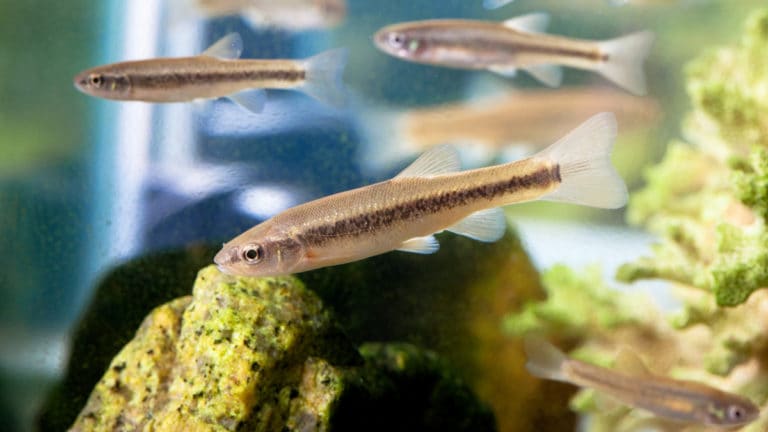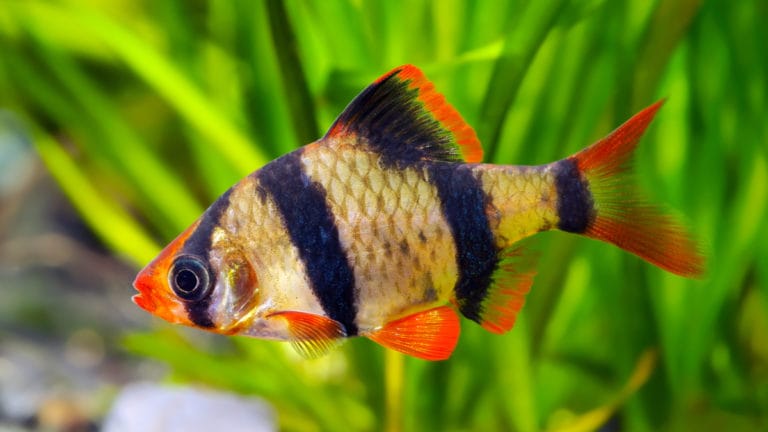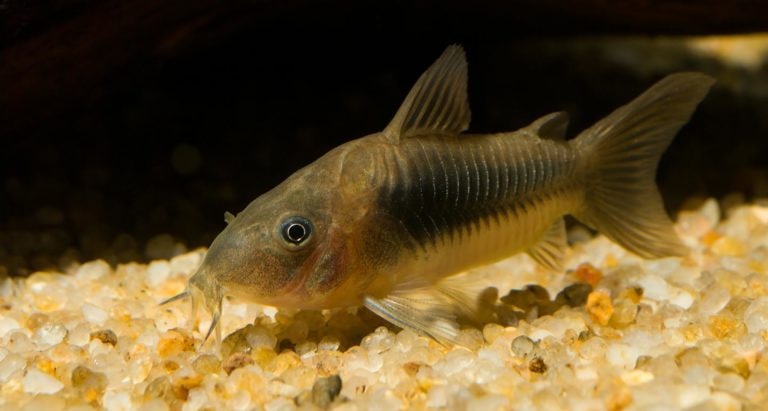Q.
I plan to get some blue ram cichlids for my 33-gallon community aquarium and would like to eventually breed them. Is there a way to make sure I get at least one of each sex?
A.
Despite the wide-spread confusion with regard to sexing ram cichlid fish (Mikrogeophagus ramirezi), making sure you end up with at least one of each sex should be relatively easy – that is, assuming both are present in the dealer’s fish aquarium. I specify that only because in many cases, shipments of blue rams farmed in some parts of Southeast Asia tend to contain only males. I suspect the reason is because male rams tend to be larger, more colorful and generally showier than their female counterparts. However, there are enough imports from other places, including wild fish from Colombia, to assure you of being able to purchase both sexes.
Ram cichlids become relatively easy to sex as they reach early adulthood, which for such a little cichlid fish, doesn’t take long. Almost all of the commercially available rams I’ve seen over the years, both farmed and wild-caught, have been of sexable age and size. There are a number of traits to use, and we’ll get to the secondary ones in a moment, but the easiest way to sex rams is by looking at the black mid-lateral blotch. In males, there are none of the bright blue spangles inside the blotch, whereas in females, there is. You may have to spend a little time looking at the rams in your dealer’s aquarium to see the difference, given angles of light and all that, but it is the absolute surest method of assigning gender to a few intended for your aquarium.
A number of secondary traits can also separate the boys from the girls, depending on the maturity of the rams in question. In males, the second and third dorsal spines have extended filaments, as does the first spine on both ventral fins. In general, mature males are larger and longer-bodied than mature females. Female ram cichlids, on the other hand, do not have the extended dorsal and ventral filaments; have a shorter, more stocky body compared to that of males and often a sport a reddish-purple abdomen when in good condition.
Unfortunately, these secondary traits are usually only evident in mature, well-conditioned specimens – so, you’re not often likely to see them in rams at your local fish store. So, remember to look at the mid-lateral blotch. If there are no bright blue spangles, it’s a male, if there are, it’s a female ram cichlid. Good luck with the rams!
Posted by: Chewy Editorial
Featured Image: Grigorev Mikhail/Shutterstock
Share:









